Retrospective: The Prowler (1981) – 35 Years Later

The American slasher sub-genre of horror was at the peak of its popularity in 1981. It was the Golden Age of the Italian giallo genre’s bastard offspring – the aftermath of the previous year’s phenomenal box-office success of Sean S. Cunningham’s Friday the 13th, distributed wide by major Hollywood studio Paramount Pictures.
Heavily influenced by Mario Bava’s A Bay of Blood (1971), Cunningham’s film featured the spectacles of realistically depicted, brutal and gory murder set-pieces, created by SFX maestro, Tom Savini. These sights were something not seen in mainstream cinema up until this point. It helped to take this type of scuzzy, low-budget exploitation filmmaking, from the drive-in cinemas and the squalid surroundings of the grindhouse movie theatres in 42nd Street, New York, to the cleanly and luxurious surroundings of multiplexes.
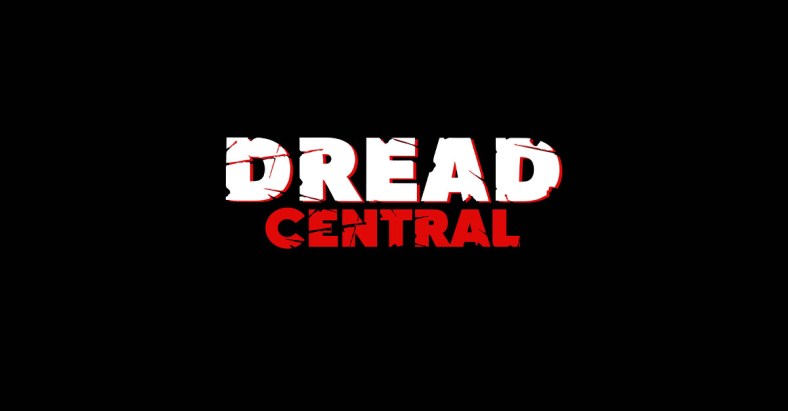
This year saw more of the stronger entries in the early 80’s era of the slasher film packing them in the cinema aisles. A whole host of slice n’ dicers that served as some of the better examples of this exploitative entertainment, with their Grand Guignol displays of grisly deaths with copious amounts of naked female flesh, came out in ’81. These standouts included: The Funhouse, Eyes of a Stranger, Bloody Birthday, Friday the 13th Part 2, The Burning, Happy Birthday to Me, Hell Night, Just Before Dawn, Night School, Nightmares in a Damaged Brain, Halloween II, and the best of the lot – My Bloody Valentine.
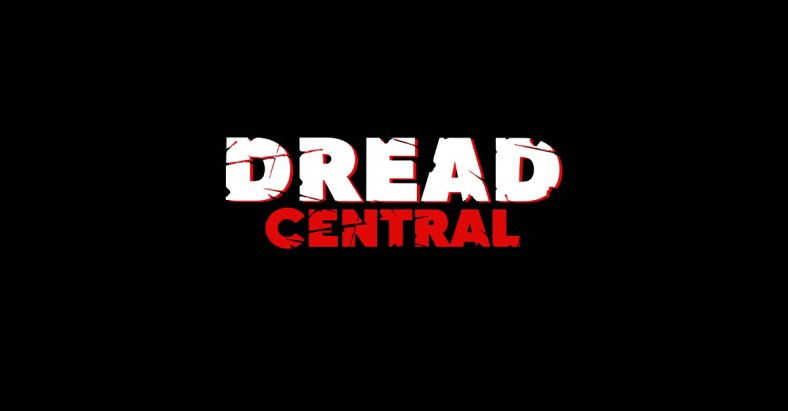
That last title has much in common with another real standout slasher released in the same year – The Prowler. In Europe, it is known under the less generic slasher title, the much better – Rosemary’s Killer. It has a very similar plot set-up to My Bloody Valentine, entailing the return of a once banned dance celebration. Banned due to killings that were committed on that day many years ago, only for a bloody trial of murder to start up when the celebratory event returns. In My Bloody Valentine, it is a Valentine’s Day dance (obviously), and here, it is a Graduation Dance. They are also both tales revolving around scorned lovers. The Prowler also shares a similar – in fact, too similar – climatic sequence to Friday the 13th Part 2. I am not going into detail to leave things spoilers free, but watch both films to see the point I am making.
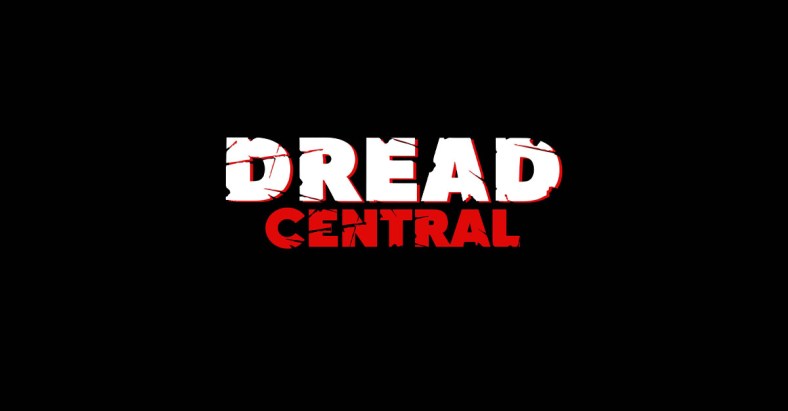
In this year, My Bloody Valentine was released in February, Friday the 13th Part 2 was released in May, and The Prowler was released in November. I have to wonder if its director Joseph Zito, and its screenwriters Glenn Leopold and Neal Barbera, had previously seen both of these slashers and consciously ripped off some of their elements. If this is the case, then they were ripping off superior films. The Prowler is also a lesser effort than a fair share of the other titles I previously referenced, but despite its abundance of flaws, there are also enough effective aspects to make it still one of the highlight slashers of 1981.
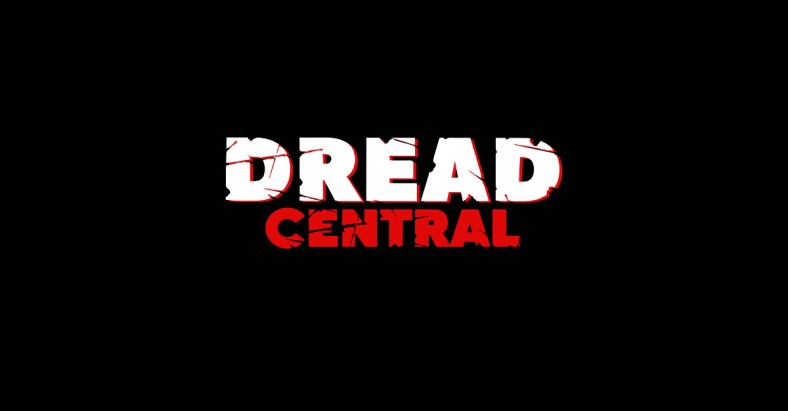
Opening in the period setting of 1945, at the end of World War II, with a brilliant recreation of an old black and white newsreel, it uses real archived footage of the troops returning on board the Queen Mary passenger liner in New York harbor. Towards the end of the newsreader’s commentary of the events, he talks about how some of the G.I.’s will have to start over again, and will have to replace what they have lost, after receiving Dear John letters from their sweethearts.
When the news report finishes, keeping the picture black and white, the camera cuts to a close-up of a letter dated March 12, 1944, accompanied by sorrowful non-diegetic music, similar to the soundtracks to films of the period, and we then hear the voice of the letter’s writer, a young woman. As the camera pans down the letter, she tells her former lover that she does not want to hurt him, but she can no longer wait for him while he is away fighting, as it has been so long and she does not know when she will see him again. As the camera gets to the end of the letter, it then slowly zooms in, and we see highlighted in color the letter signed “Sincerely, Rosemary” as she says such. The curled up y in “Rosemary”, has a red rose drawn at the end.
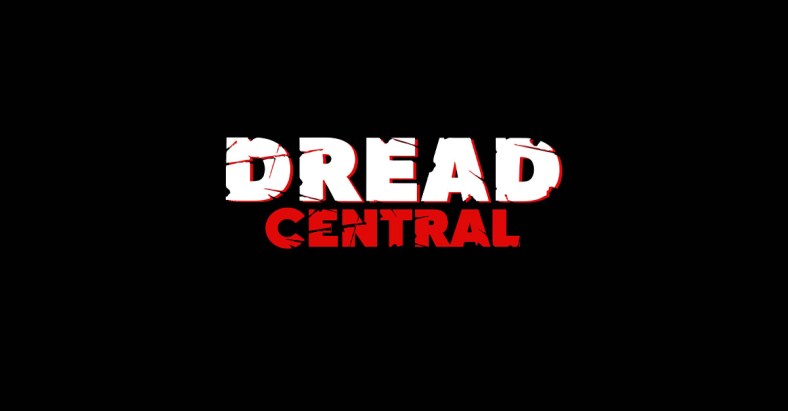
Well, to say this trooper does not take the news well is to say the least. The camera then cuts to an establishing shot of the college where the Graduation Dance is being held, in the night setting of the fictional sleepy town of Avalon Bay, on June 28, 1945. Many returning soldiers are escorting their girlfriends… who actually waited for them. Rosemary and her new love, decide to take a short drive to the quietness of a nearby gazebo for some romantic alone time. While they are embracing, “the prowler” strikes! The jilted loony then places a red rose in Rosemary’s dead hand.
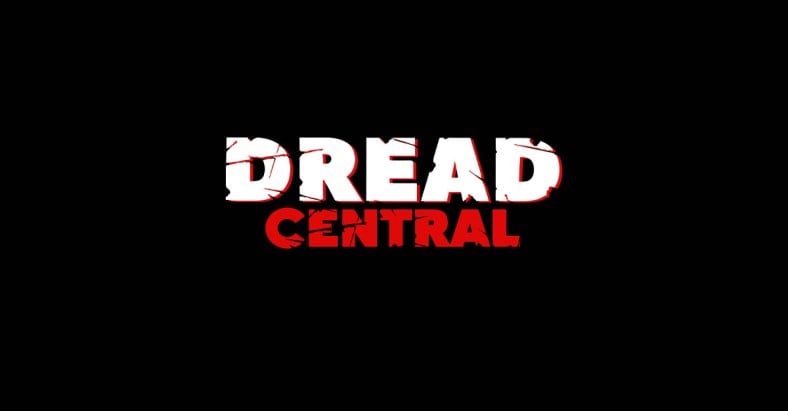
After the title card, the narrative flashes forwards 35 years to the day, and the town are preparing for their first Graduation Dance since Rosemary’s father, Major Chatham (Lawrence Tierney), banned it after the murder of his daughter. Sheriff George Fraser (Farley Granger) tells would be lovers – his deputy, Mark (Christopher Goutman), and college newspaper reporter, Pam (Vicky Dawson) – that a store was robbed in a nearby town, that whoever committed the crime cut up a young man and took his car, and that they could be heading their way. Getting his priorities right, the Sheriff then leaves for a fishing trip, leaving Mark in charge. Being the only police officer left in this little town where not much usually happens, the unlucky young deputy has to deal with the murders of the young attractive people attending the dance, which Mark and Vicky team up to solve.
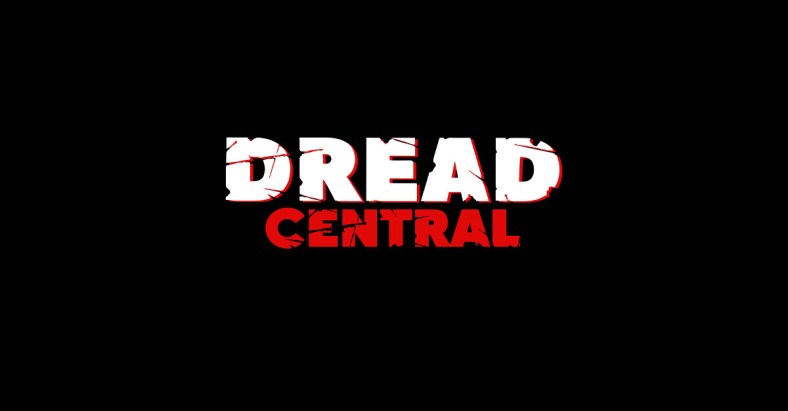
After a solid first half hour, for most of the next 45-minutes, Mark and Vicky do their detective work trying to piece together the mystery of “Rosemary’s killer”, and its connection to the recent spate of killings, but the investigation goes nowhere. You do not need a high IQ to work out who the mystery assailant is anyway. From Vicky’s initial confrontation with the “the prowler,” at the end of the first act, she and Mark never bump into this killer again until the intensely exciting finale. The proceedings descend into an illogical mess, with scenes that amount to nothing and moments that make no sense – shit just happens with no explanation given. It is all just filler to pad out the runtime. The film’s pace becomes frustratingly sluggish here, and it fails to elicit suspense and tension. Instead, it just bores us to tears. For these three quarters of an hour, it shifts between this and in and around the Graduation Dance that features the gruesome set-pieces, which is what we really want to see.

The characterization is bland, especially concerning the two protagonists; their lack of character makes for no chemistry between the two potential lovers. The supporting cast of slasher fodder all has zero personalities. The overall acting of the entire cast is passably capable though, considering the lack of depth in their characters, achieving in what the material asks of them. Despite the lack of personalities, they are never once annoyingly obnoxious as most teenaged characters are in slashers – we never feel they deserve to die such horrible deaths.
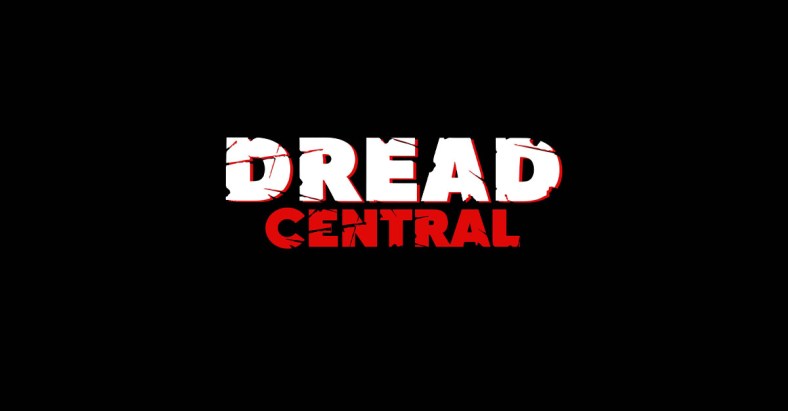
And what horrible deaths they are. The graphic, visceral intensity of these sequences is realized by the astonishing special make-up effects, which is Tom Savini’s (yes, him again) best work ever in the slasher sub-genre – an SFX opus that is his splatter masterwork. Taking entire days to film, the shooting schedule was built around executing these set-pieces that are some of the most realistic and mean-spirited murder scenes ever committed to celluloid. These are not just the quick hack n’ slash then cut to the next scene kills we are used to seeing in stalk n’ slash flicks, as they are far more drawn-out, making us watch every excruciatingly explicit detail of the victims’ demises. This is mesmerizing goretastic imagery.
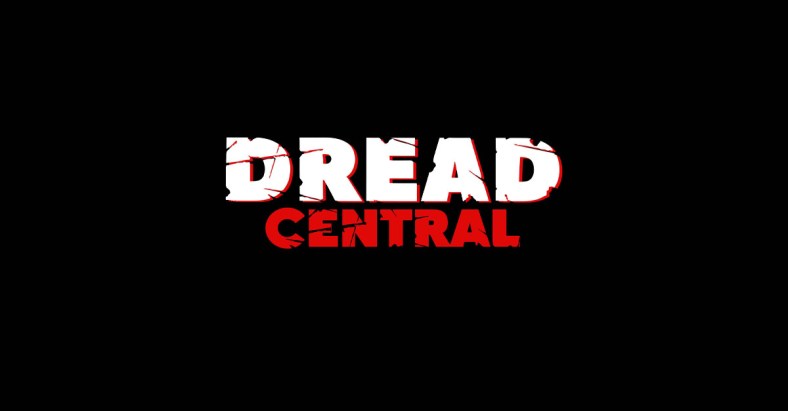
The killer has an immensely intimidating presence, decked out in WW II combat gear, with a hood covering his face. He dispatches his prey with a bayonet knife, and unrelated to his military background, oddly enough – a long pitchfork.
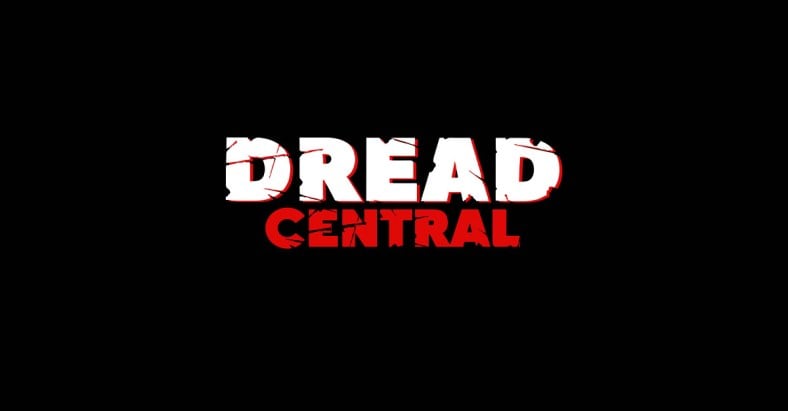
Also noteworthy is the sombre atmosphere, thanks to the moody lighting techniques by cinematographer, Raoul Lomas, and the dread inducing score by composer, Richard Einhorn (1980’s Don’t Go in the House).

This is a deeply flawed film for sure, but while I know in my heart that it is not particularly good overall, the self-confessed and unashamed slasher geek in me, can overlook its shortcomings for what it gets right. There is enough here to make it a worthwhile watch for your familiar and formulaic comfort horror needs, if you have a soft spot for this sub-genre. It is also essential viewing for the Friday the 13th faithful. Zito, Lomas, and Savini, would collaborate again in 1984, for the very similarly toned but superior, Friday the 13th: The Final Chapter – the very best entry in that franchise.
Atmospheric, amazing set-pieces, a great looking antagonist, non-grating victims, and a haunting Carrie-esque final jump scare to boot, makes The Prowler a memorable slasher release of 1981.
Categorized:News Retrospectives
